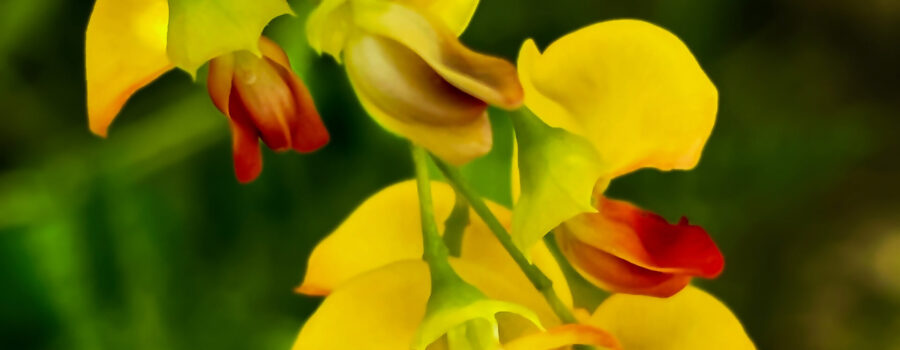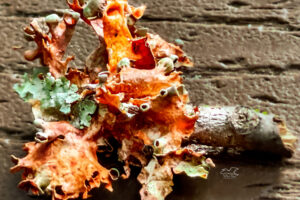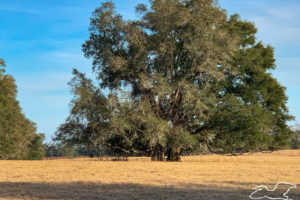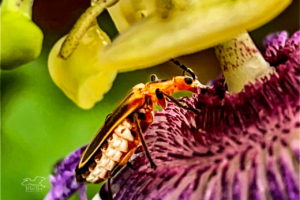Bagpod Produces Beautiful Flowers, but is Highly Toxic

Sometimes it’s a good idea to go back through your images and look for things you’ve forgotten about. I try to do this every so often and I’m frequently rewarded by finding something beautiful to share. I took soooo many photos of so many cool things while in Alaska that I knew I needed to revisit some of my Florida photos from before that trip and I found quite a few things that got overlooked. One of those was the pictures I took in August of this bagpod bush (Sesbania vesicaria). It was actually a pretty interesting find since I was driving along one of our back roads near my office when I got just a glimpse of these pretty golden yellow flowers. I slammed on breaks and jumped out and was totally surprised to discover two bagpod bushes growing near the roadside. The thing that was so surprising was that I always thought of this as a wetland plant, but here they were growing in the sandhills! It definitely made me question my identification and made it all the more important to me to get some good pictures. It had been quite awhile since I’d studied bagpod (it was one of many poisonous plants we covered in vet school), but it turned out that my ID was correct. What we hadn’t learned in school (or possibly I forgot since I see this plant regularly in wet areas) is that although these plants prefer boggy areas, they are very capable of growing in dry areas, too. They don’t tend to grow in large numbers in dry places, but not only do they grow, but they can thrive. I will say that both of these plants did look quite healthy.

Bagpod, also called bladderpod, is a member of the pea family (Fabaceae), which is not surprising given the shape of the flowers and the fact that they eventually become pods that house the seeds. Unlike many types of peas, though, these grow as spindly bushes rather than vines and their fruit is quite toxic if eaten. When young, these plants have a bitter taste and most livestock stay away from them. The young, well hydrated pods are also bitter, but as they mature, the bitterness tends to disappear and they become more palatable, especially if animals are hungry. Symptoms of poisoning include diarrhea, lethargy, depression, weakness, labored breathing, elevated heart rate, and death. A similar set of symptoms will also effect humans who eat these pods.

Bagpod is native to the southeastern United States from Texas through Florida and north to North Carolina. It tends to be found in or near freshwater wetlands, but is very salt intolerant, so it will not grow near salt or brackish water. In the wetlands it will sometimes form large colonies. It’s an annual and can grow to be between 3-12 feet tall. It flowers in the late summer and into the fall and then produces puffy looking, green pods that contain two to three seeds each. The pods are made of two layers consisting of a tough, thick outer layer and a thin papery layer immediately over the seeds. As pods mature they turn brownish and the outer layer dehydrates and thins, eventually releasing the seeds. Although I was totally surprised by the location of the plants I found, I was happy to get the chance to photograph them in flower and to learn something new about them. From now on, I’ll look for them out in the sandhills as well as in the wetlands.






Recent Comments